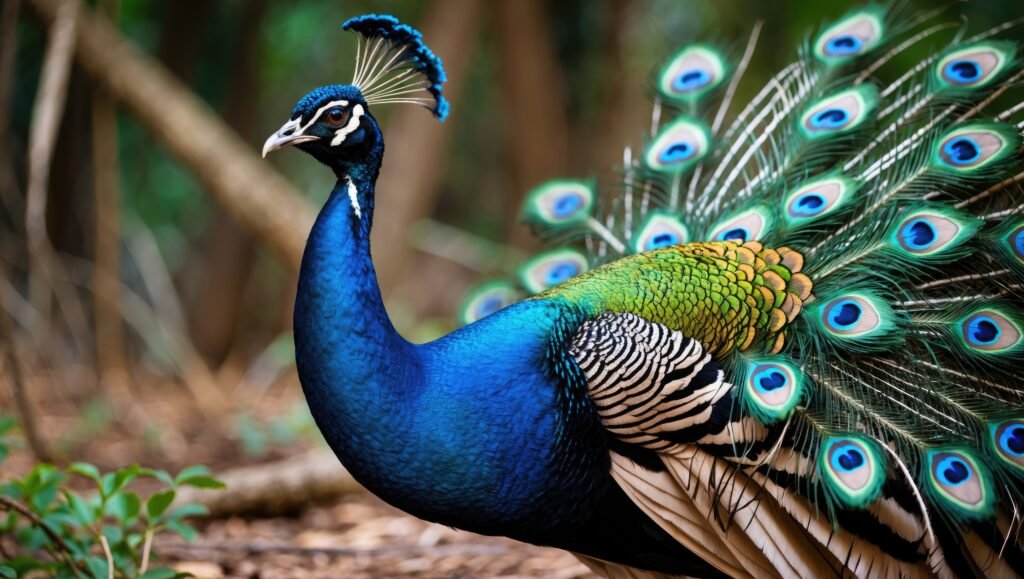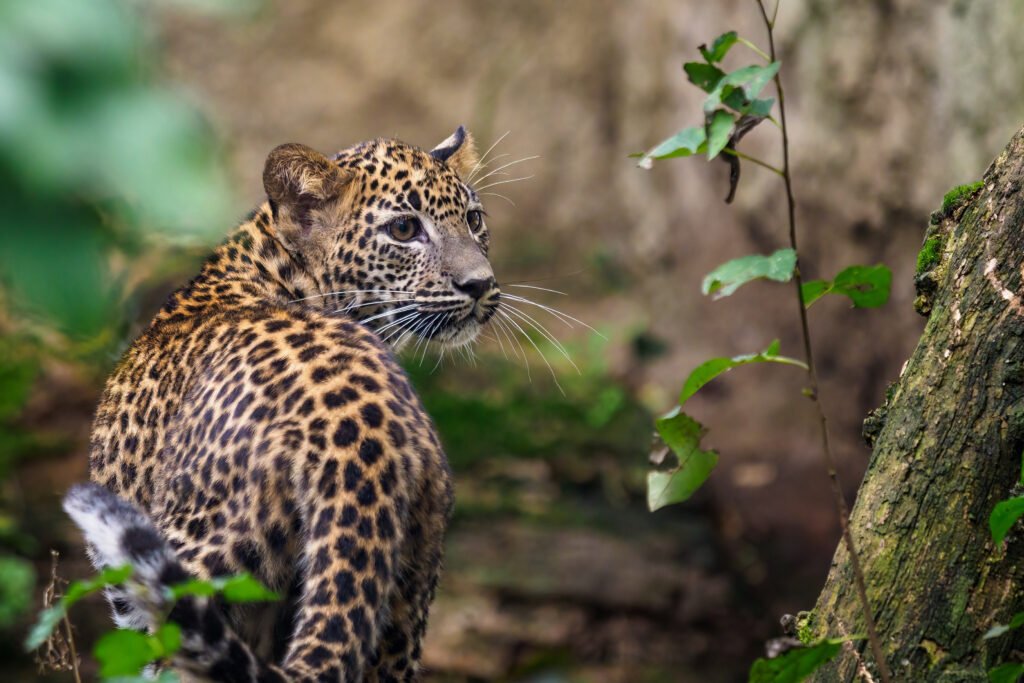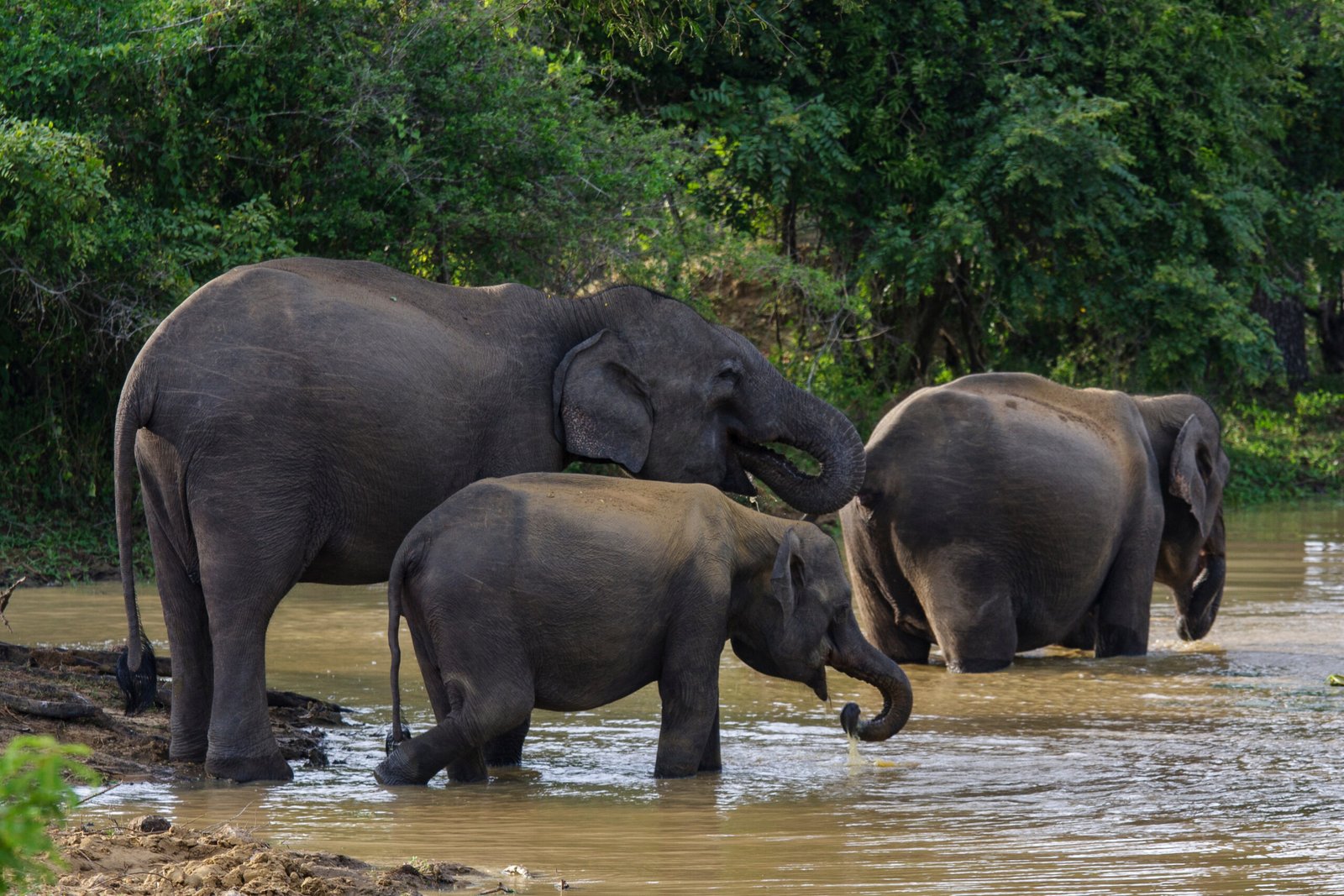Yala National Park
Yala National Park, spanning approximately 979 km², is Sri Lanka’s most visited and second-largest national park, straddling the Southern and Uva Provinces. Established as a wildlife sanctuary in 1900, it received national park status in 1938. The park is divided into five blocks—typically two or three are open to visitors, with Block I (Palatupana) being the most popular.
Yala is globally renowned for its exceptionally high leopard density, housing one of the world’s largest concentrations of these elusive cats. It also supports 44 mammal species, including elephants, sloth bears, water buffalo, and jackals, as well as 215 bird species, six of which are endemic to Sri Lanka. The park’s varied landscape—from monsoon forests to grasslands, wetlands, and coastal areas—creates an ecological mosaic that supports this rich biodiversity.
Beyond wildlife, Yala carries deep cultural significance, preserving ancient Buddhist sites such as Sithulpahuwa and Magul Vihara, testaments to the region’s monastic history. A notable challenge in the park’s recent history was the 2004 Indian Ocean tsunami, which inflicted localized damage and loss yet the park has since rebounded with increasing visitor numbers.



